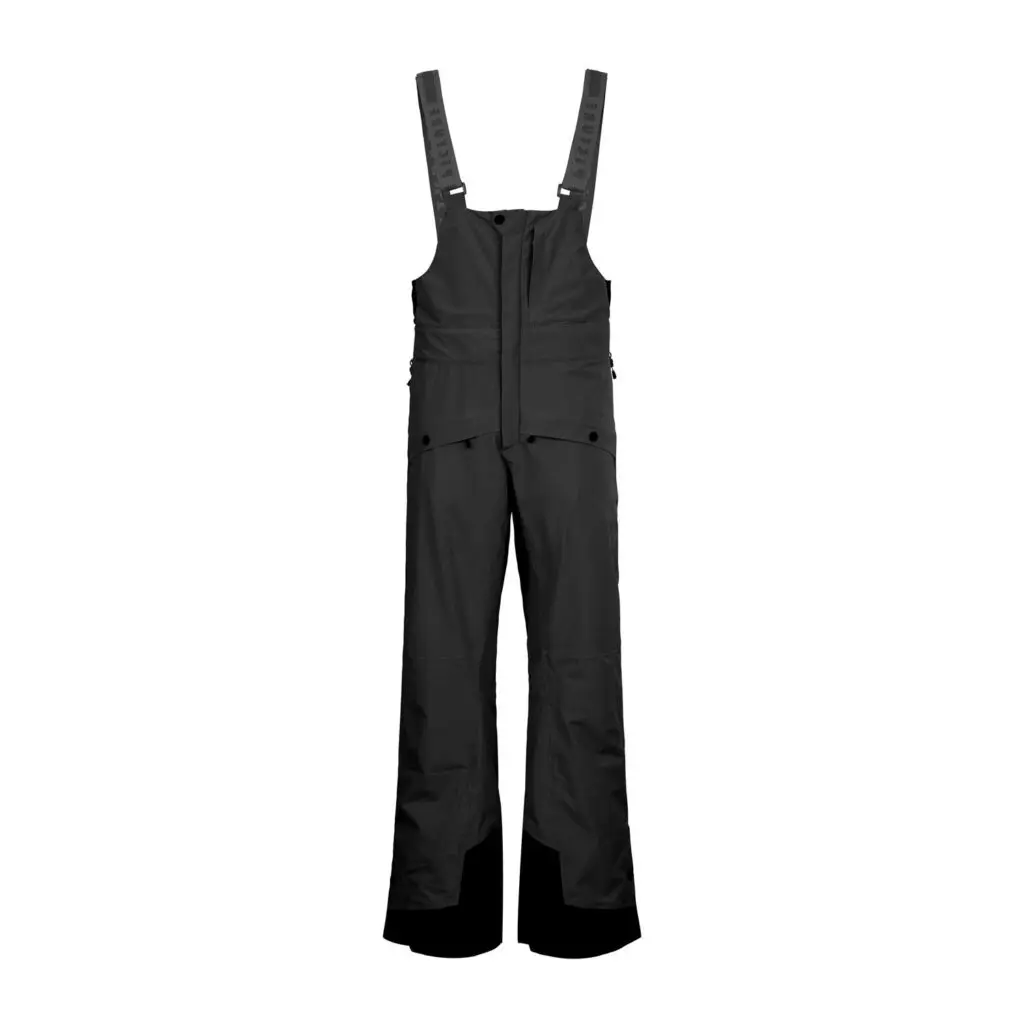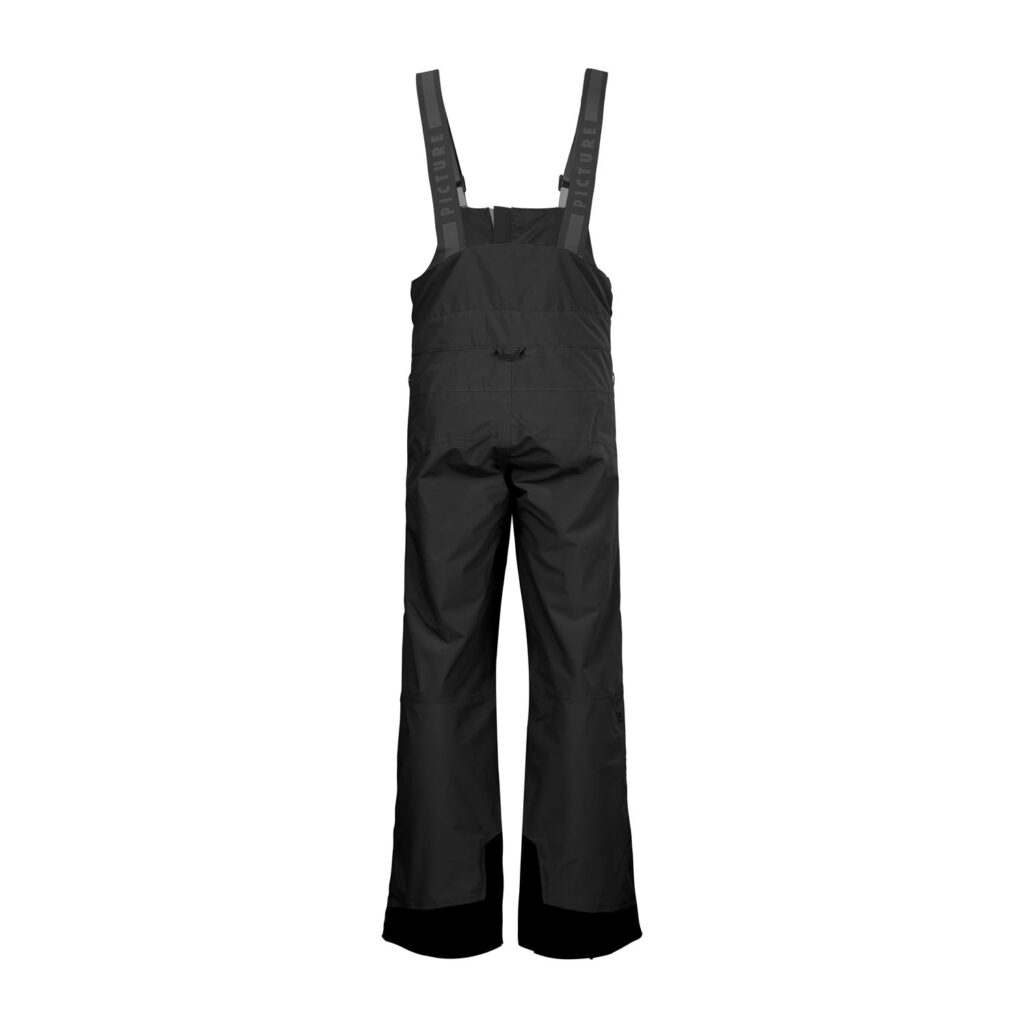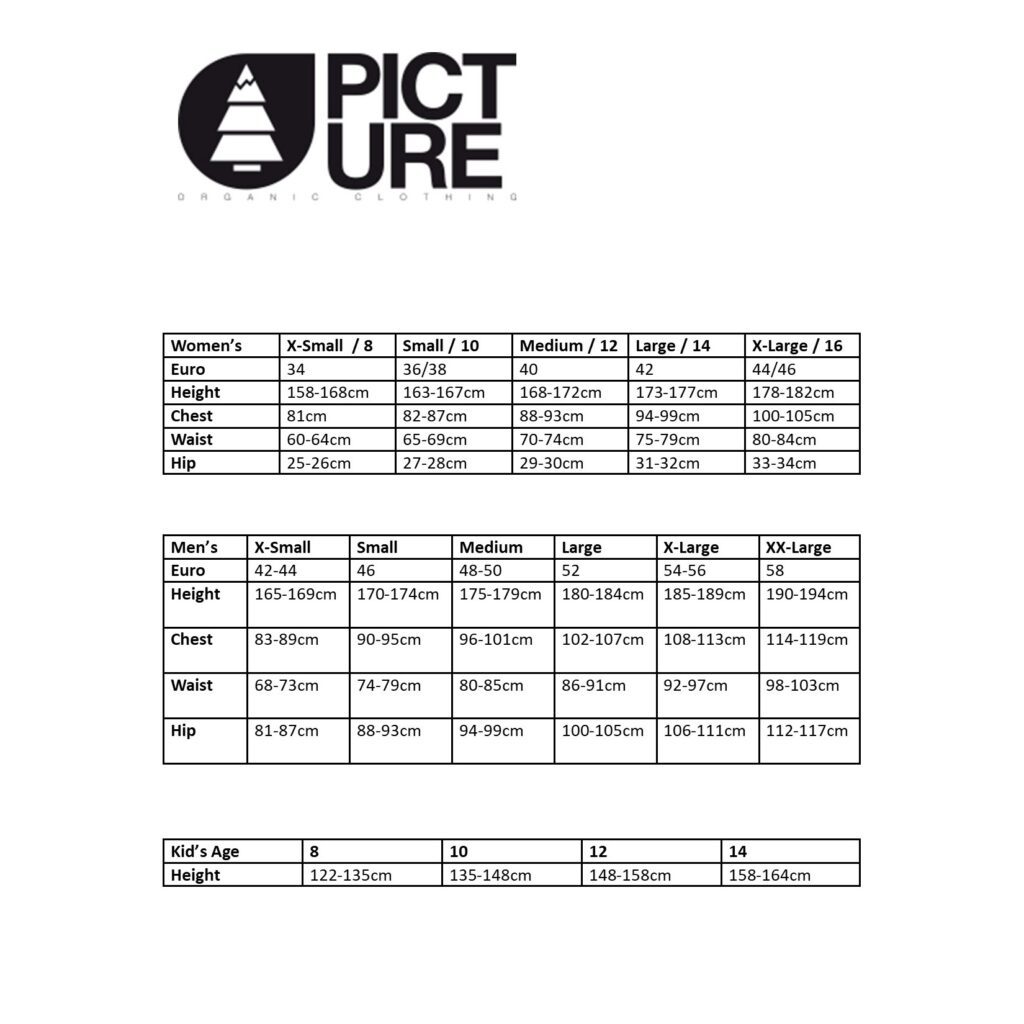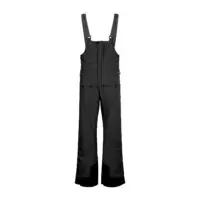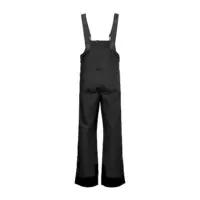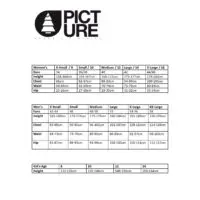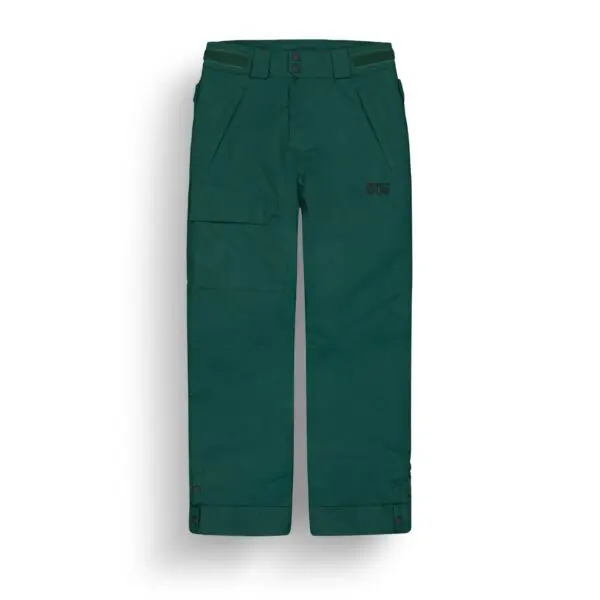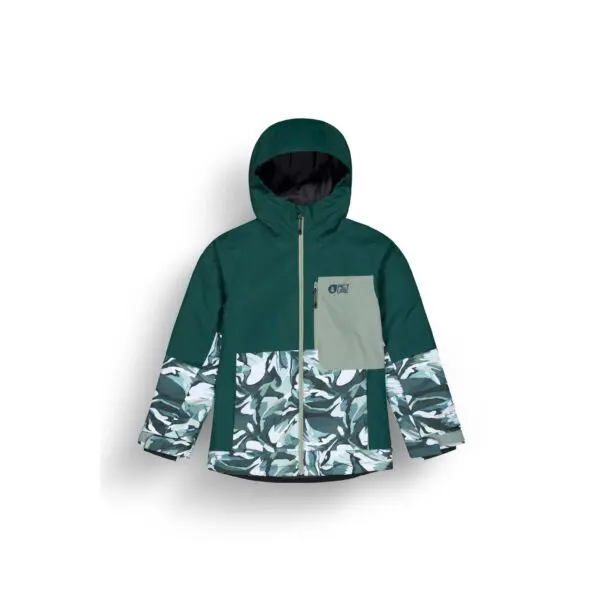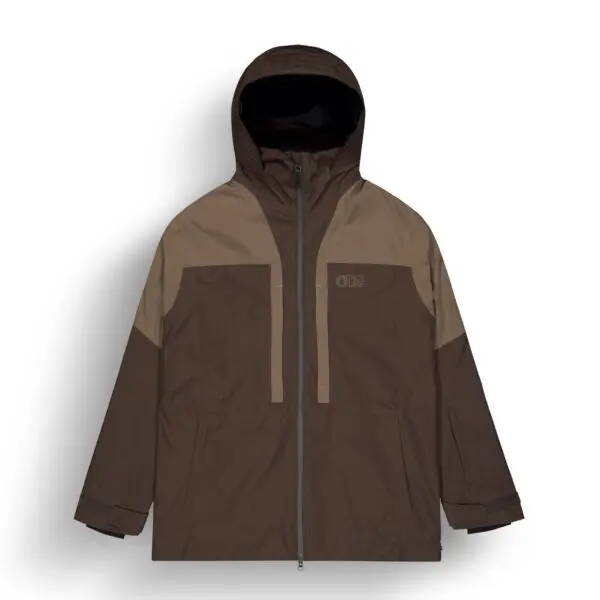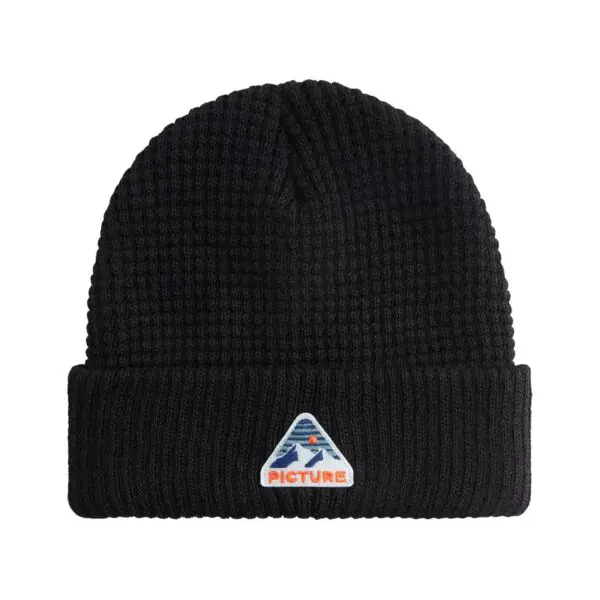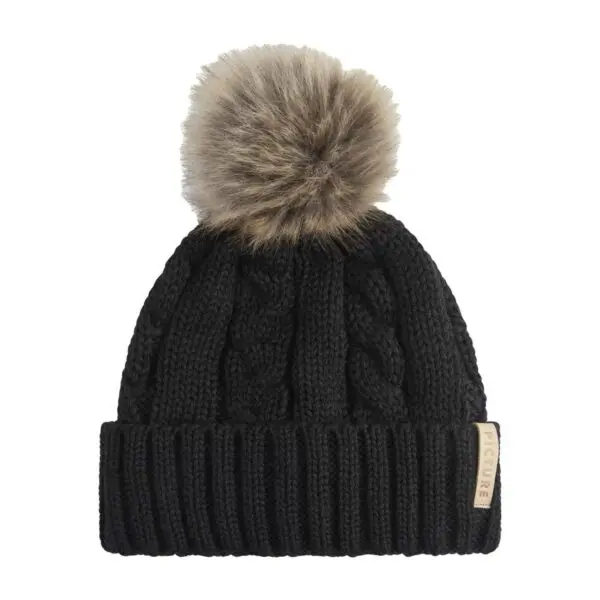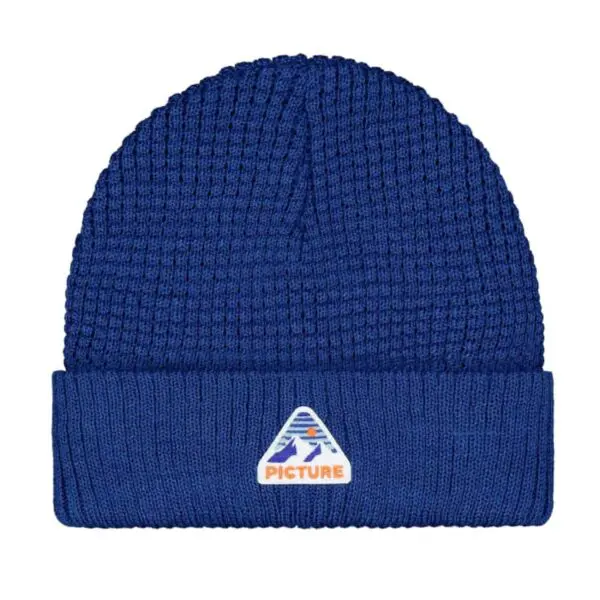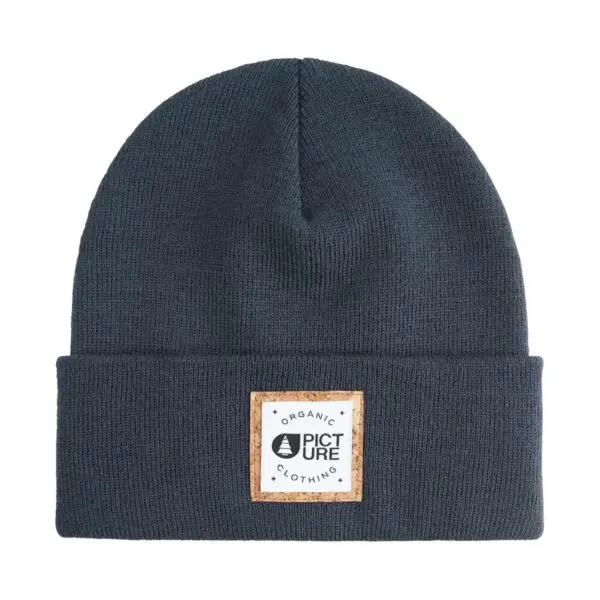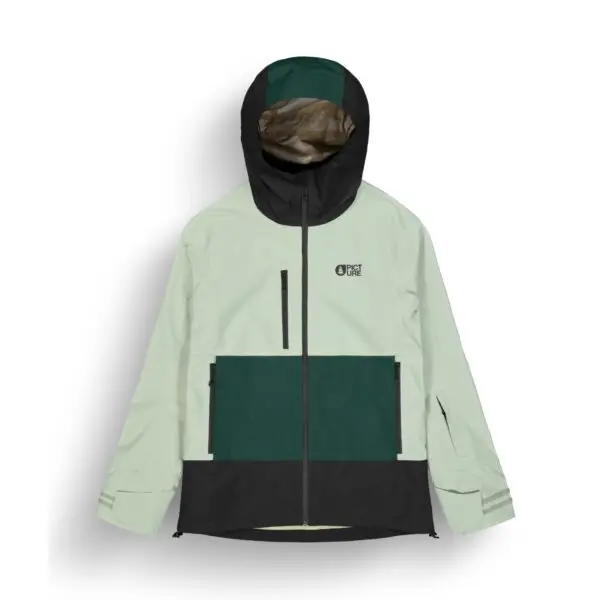Picture Avening Bib – Black
$579.90
$289.90
gnomes V.I.P Club offers members special discounts on current season products. It’s free to join. Login or Register.
Description
Need a lightweight durable bib that is perfect for the backcountry but flows into the resort as well, bring on out the Picture Avening Bib. With 20K/20K protection keeping the elements at bay and a PFC-free water repellant treatment means you can go further than ever. For ultimate comfort the lycra stretch panel frees up the range of movement and adjustable straps let you dial it in exactly as needed. Temperature is kept in check with adequate venting for the warmer days and a CoreMax lining takes the chill away if Mother Nature isnt playing game. Be ready for all your big mountain climbs and descents, these regular-fit bibs are ideal for any out-of-bounds adventure.
Features & Specs:
Materials: 44% Biosourced Polyester / 56% Recycled Polyester
Waterproofing: 20K
Breathability: 20K
Insulation: CoreMax Tricot lining 230g/m²
Fit: Outerwear regular silhouette stay in normal size
Weight: 1020g
Bio Source Fabric
Picture’s bio-sourced and recyclable polyester fabric made from sugarcane by-products unsuitable for human consumption. Bio-sourced products are an integral part of our quest to wipe out fossil fuels.
Dryplay Membrane
This polyurethane blend laminate membrane is waterproof, windproof, and breathable. Extremely durable, it keeps the user dry in all weather conditions. Laboratory and field tested.
Teflon EcoElite
PFC-Free durable water repellent treatment using renewably sourced Teflon Ecoelite Technology. Zero pollution, zero allergies, zero impact on future generations. Guaranteed 90% efficiency after 10 washes.
I-fit System
Allows you to raise the pant bottoms with your hands in your pockets
Additional Features:
- Dryplay20K
- Hard Shell 2 Layers Stretch
- Fully Taped Seams
- Front Opening with snaps and YKK reversed zips
- Chest Pocket with reversed zip
- Adjustable Straps
- Mid Rise Bib
- Lycra Stretch panels
- Snow Gaiters with Laces Hook
- Bottom hem reinforcement
Choose your items confidently by reading our buying guide.
Related Gear
We are a team of passionate skiers, our lives are entangled in a world of snow, mountains & ski paraphernalia. Take a look at how we can help you.
-
Sale!

Picture Time Pant – Ponderosa Pine
$249.90
$174.90Save 30% -
Sale!

Picture Daumy Jacket – Ponderosa Pinepepples
$329.90
$230.90Save 30% -
Sale!

Picture Track Jacket – Cocoa Brown Chicory Coffee
$699.90
$489.90Save 30% -
Sale!

Picture Madson Glove – Ponderosa Pine
$129.90
$103.90Save 20% -

Picture Uncle Beanie – Black
$59.95VIP: $56.90 -

Picture Kuldo Beanie – Black
$59.90VIP: $56.90 -

Picture Uncle Beanie – Paisley Purple
$54.90VIP: $52.90 -

Picture Ezah Beanie – Black
$64.90VIP: $61.90 -

Picture Kuldo Beanie – Blueprint
$59.90VIP: $56.90 -

Picture Uncle Beanie – Dark Blue
$54.90VIP: $52.90 -
Sale!

Picture Boarder Jacket – Shadow Ponderosa Pine Black
$739.90
$517.90Save 30%
Buying guide
Use our buying guide to help you purchase the perfect pair of ski pants.
The industry standard procedure for measuring a garment’s waterproofing is to place a column of water on a fabric and then increase the water level so more pressure is exerted. Once the water starts to penetrate the fabric, the water level is measured. This gives the fabric’s waterproof rating in mm e.g. 10,000mm. The higher the number, the higher the water proof capability of the item.
Other areas of waterproofing concern are the seams. The stitching, done during manufacture, requires taping or sealing to be waterproof. In some cases all the garment’s stitching is taped while in others only critically placed stitching is taped (i.e. through the shoulders, hood and chest – high exposure areas).
Waterproof/breathable fabrics have pores large enough for water vapour to escape, but small enough to prevent liquid passing through. The garment must be able to breathe from the inside out, otherwise during activity perspiration moisture cannot escape. The garment becomes wet on the inside and the body’s temperature will drop because of it.
Oils, dirt, perspiration and other contaminates will eventually break down the waterproofness and breathability of any garment and so, with time, they become permeable and fully breathable.
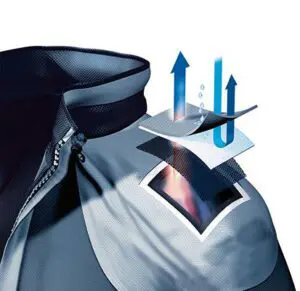
To make sure you remove moisture (perspiration) away from the body while remaining warm, use an appropriate layering system.
Base Layer
This is the most important layer of them all. This layer sits next to the body and has to work the hardest to remove moisture away from the skin and through the other layers. The base layer needs to fit closely to the body. Always choose base layers that have high wicking (removal of moisture away from the skin) properties, so it will regulate your body temperature. If you choose a fabric like cotton, this only stores moisture so will make you feel cold and damp eventually.
Mid Layer
The mid layer is there to add insulation as well as remove moisture from the base layer out to the outer layer. It is better to wear multiple mid layers than one thick one, as this promotes warmth by trapping warm air. Multiple light mid layers can be added or removed as required. Good examples are light fleeces or slightly heavier weight thermals containing merino wool or silk.
Outer Shell
The outer layer consists of jackets and pants, which are there to protect from snow, wind and rain elements. They must be waterproof as well as breathable to remove moisture away from the mid layer, thereby keeping you warmer and dryer. Jackets and pants come in numerous different styles, cuts and fabrics. Choose one that fits comfortably and meets your requirements of waterproofness and breathability.

Venting: Extra zips allow increased air flow when the body gets too warm. These are usually found in the upper leg area on pants and under the arm or across the chest, in jackets.
Hoods: Most jackets come with hoods that can either be folded away at the back of the neck or removed and placed in a pocket at the lower back. Modern hoods are shaped to be able to fit over any ski helmet.
Pockets: Pockets for storage are found everywgere, inside and out, on jackets and pants. Think about what you usually have on you and make sure there’s a place for it.
Powder Skirts: An elasticised skirt that stops snow and wind entering the jacket.
Cuffs: They are designed to keep the elements away from wrists. They need to be adjustable to maximise their performance.
Reinforcements: In high use areas harder wearing fabric is used to slow down wear and tear. This reinforced material is often found on shoulders where packs are used as well as lower inside leg area to prevent cuts from ski/snowboard edges.
Seamed/Taped sealed: Garments either fully or critically seam sealed to prevent snow and rain penetrating seamed areas. Crital means only areas deemed “critical” are taped whereas in a fully taped piece all seems are sealed.
Storm flaps: These flaps cover exposed zips with the purpose of stopping snow/wind and rain getting through.
Articulated Areas: Articulated areas make the garment much more comfortable to move in.
Belt Hoops: Fairly obvious – so a belt can be worn on pants, to help them stay in a secure place.
